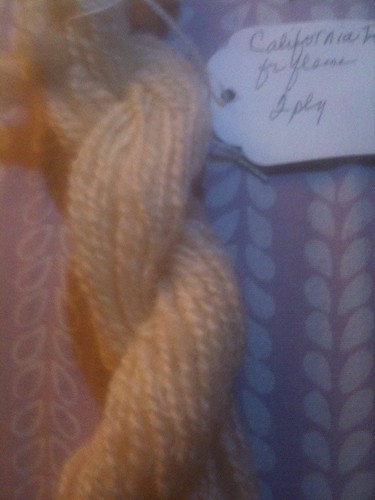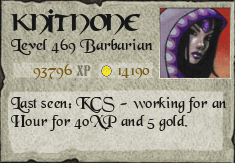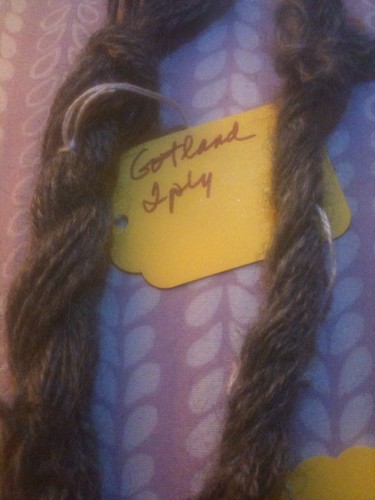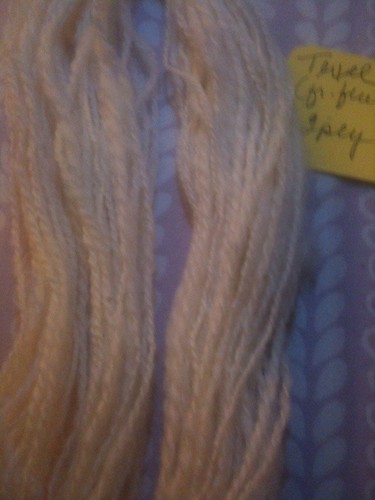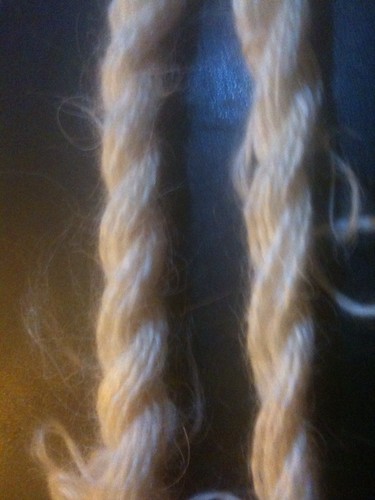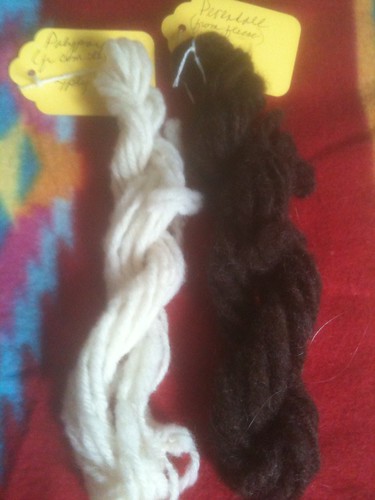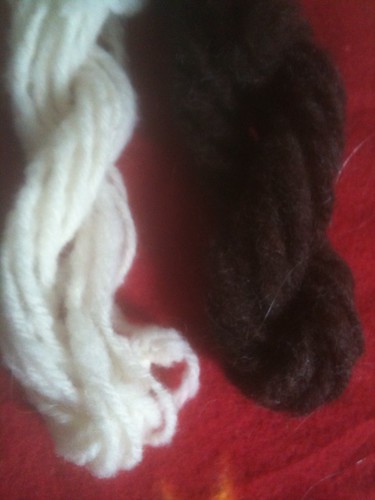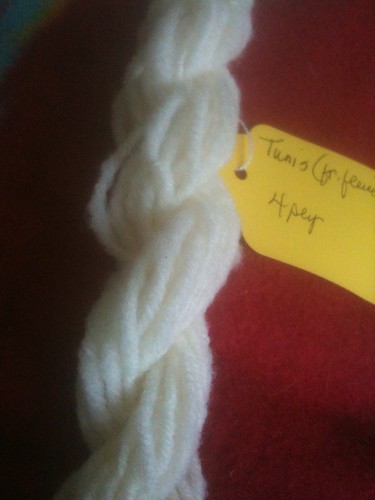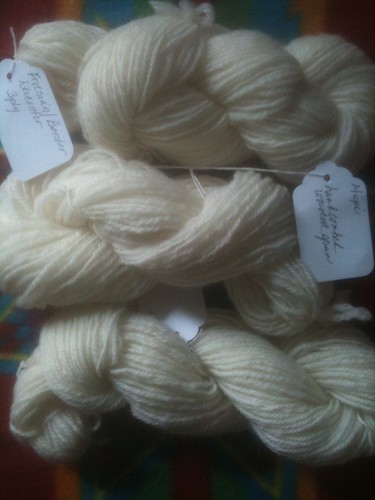Gotland is a Swedish short-tail breed which originated on the Isle of Gotland in the Baltic Sea. It is a dual purpose breed, grown for it's meat and it's silky, shiny, gray, hairlike wool. Gotland has a micron count of 28 to 32 and a staple length of 3 to 5 inches.
This was another breed that I spun the samples at two separate times, April and June.
My samples were spun from commercial top that was very matted. Not felted, just really stuck together. Staple length was five inches. I had a really hard time getting the twist right on my singles. Because of the length of the staple I tended to spin with less twist. But because the fiber is very slippery, if there wasn't enough twist the singles drifted apart. Finding a happy medium took a little while.
Because the top was so matted, I chose to re-card some of the top and spin the first sample long draw from rolags. The second sample was eventually spun worsted from the top end. It took a little while to figure out how much pre-drafting I needed to do to make it draft easily. (This is a very strange, paradoxical fiber in that it is both sticky and slippery.)
Gotland is a very nice fiber. It is both strong and silky-soft. I love the gray color. It has fantastic drape and would make a wonderful shawl. I would spin this again in a heartbeat (well not in a heartbeat, it takes time and concentration to spin, but it's worth it).
Texel originated by crossing native sheep on the Island of Texel off the Netherlands coast with Lincoln and Leicester Longwool sheep. It is a meat breed with a springy, crisp wool. Texel has a micron count of 28 to 33 and an average staple length of 3 to 6 inches.
My sample is from raw fleece from the Spinning Loft with an extremely short staple length of about one to two inches. It is much softer than I expected and very lofty. Because of the short staple length, I flicked (when I could) then hand carded enough for a small 2ply sample. It spun easily long draw from very fluffy rolags. I was disappointed with the staple length but other than that, I thought this made a very nice yarn.
California Red are tan sheep with reddish kemp fibers developed by crossing American Tunis and Barbados Blackbelly sheep. They have a micron count of 28 to 31 and an average staple length of 3 to 6 inches.
My sample is from the Spinning Loft, raw fleece. It washed easily, in fact I think I may have over scoured it. Staple length is about 4-5 inches. No noticeable kemp. I hand combed enough to make a small 2ply worsted spun sample skein. Spinning California Red reminded me of the Border Leicester, with the CalRed slightly softer. They felt very much the same running through my fingers, and they drafted/spun similarly.
